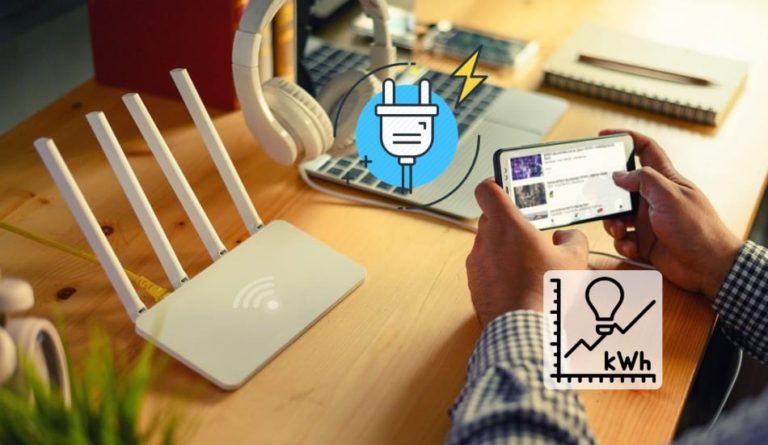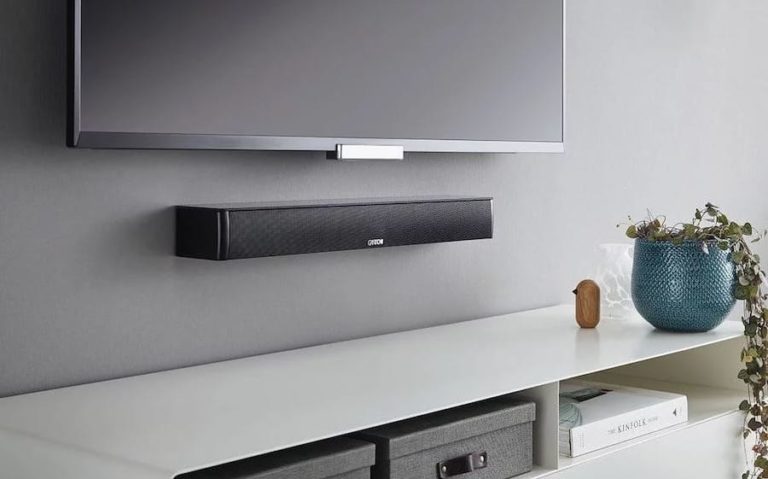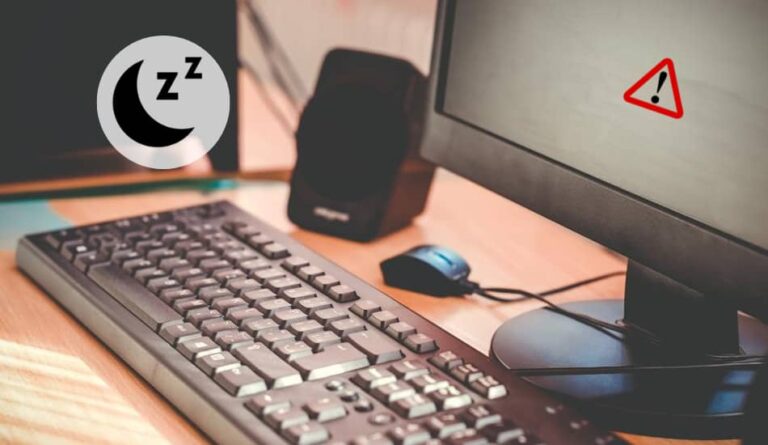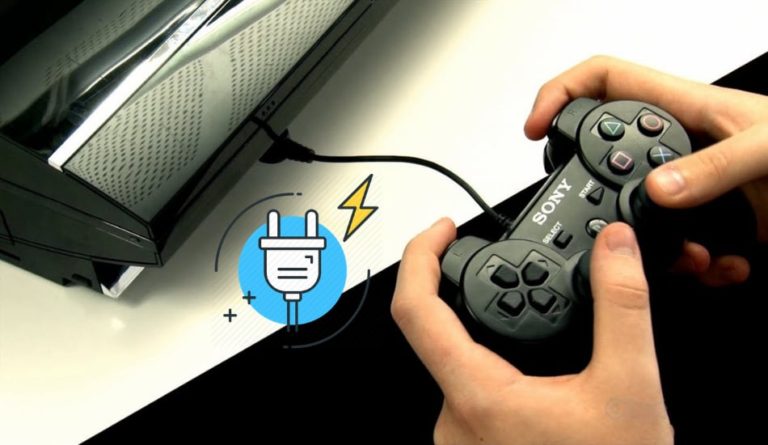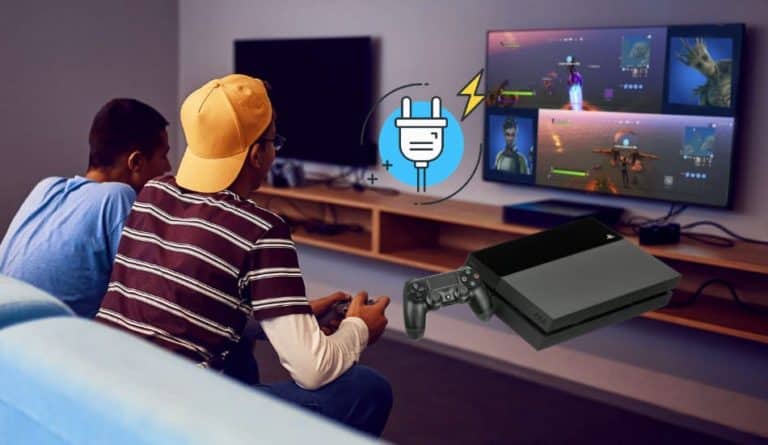How Much Power (Watts) Does USB Webcam Use?
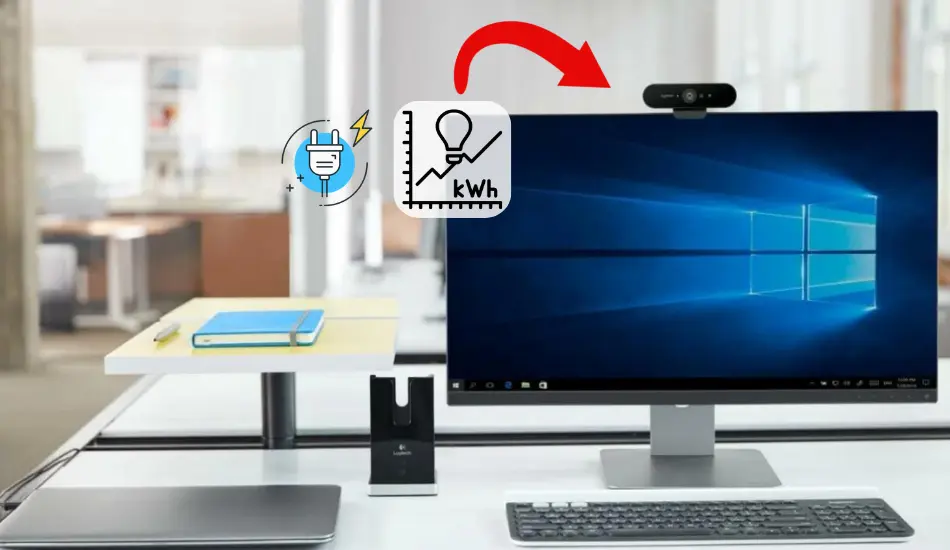
Each of us has used a USB webcam on his computer at least once, whether for business or private purposes. The popularity of using webcams peaked during the pandemic when we were all closed, and the demand for these devices increased even more.
However, what we love to know is how much power USB webcams consume. These devices are connected via USB cable to our computer or TV, so the consumption should not be high. In this article, we’ll talk about that. So, let’s start!
How Much Power Does USB Webcam Use? Webcams run on 5V DC power, which they receive from a computer’s or TV USB port. The exact power of a webcam varies based on its model and features, but it’s around 1 Watts. Generally, webcams need a DC power supply between 5 V and 12 V, with a current that ranges from 100 mA to 2 A.
USB Webcams can be connected to a computer or TV, but they all run on the same 5V DC port. Their consumption is very small and will not affect your electrical bill. Most USB webcams consume around 1 watt of power, which is not much. In the next section, we’ll cover this in more detail.
Here is a table with 5 most used home appliances and their power consumption alongside with USB webcam:
| Home Devices | Average Power Usage | Cost per hour |
|---|---|---|
| USB Webcam | 0.5 – 2.5 watts | $0,00057 |
| LED Light Bulb | 5 – 10 watts | $0,002 |
| Laptop Computer | 45 – 100 watts | $0,023 |
| Microwave Oven | 600 – 1200 watts | $0,276 |
| Refrigerator | 100 – 800 watts | $0,184 |
Related Article: How Much Power (Watts) Does Keyboard Use?
Table of Contents
How Much Power Does USB 2.0 Webcam Use?
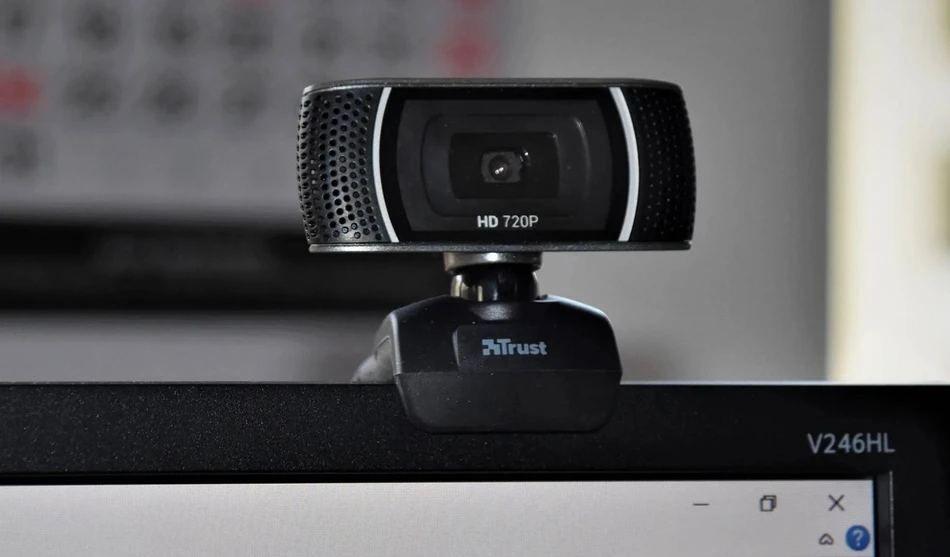
The USB 2.0 port delivers 5V at 500mA for a total power output of 2.5 watts. This means the maximum power from USB 2.0 to a webcam can be 2.5 watts. However, the exact power usage depends on the specific model and features, such as resolution and frame rate.
For example, a basic webcam used for video conferencing might sit at the lower end of that range (around 1 watt), while one with high-definition capabilities might use more power (2.5 watts). Ultimately, this is not a lot of power, and you should not worry about it.
Related Article: How Much Power (Watts) Does Computer Speakers Use?
Factors Affecting Webcam Energy Usage
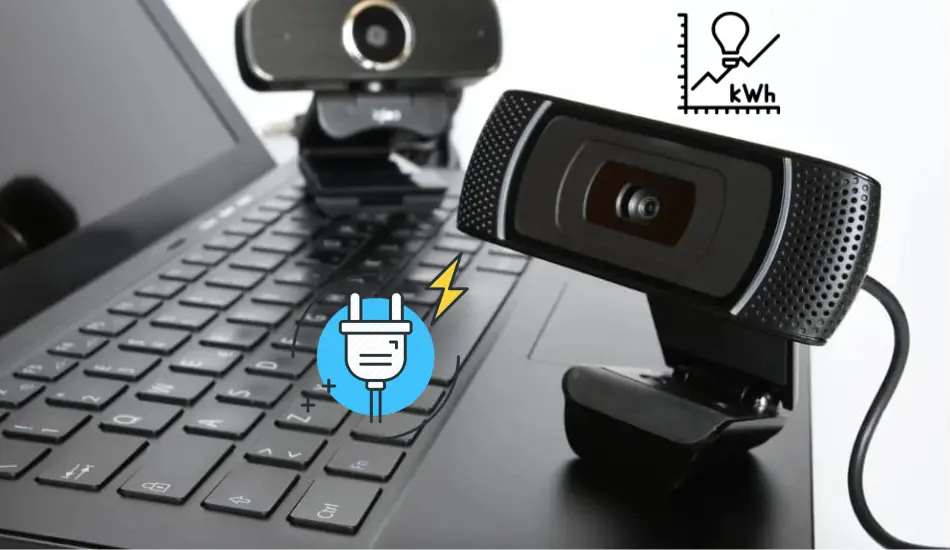
Several factors can influence the power consumption of a webcam. Higher resolution and advanced features like autofocus and motion detection may increase power consumption. Additionally, the frequency of use plays a significant role; a webcam used for longer periods or high-definition video calls will consume more power. Finally, the design and efficiency of the webcam itself can also impact the amount of electricity it uses.
In short, here are 4 main factors that influence the power consumption of a USB Webcam:
- Resolution and quality settings of the webcam.
- Built-in features like pan-tilt-zoom and facial recognition.
- The length and frequency of webcam usage.
- The energy efficiency rating of the webcam model.
How Much Does it Cost To Power a USB Webcam?
Using a USB Webcam that consumes between 0.5 to 2.5 watts of power and with an average electricity rate in the U.S. of 23 cents per kilowatt-hour (kWh), the cost to operate a webcam is around $1 annually. For example, if you use a 2.5-watt webcam for 8 hours daily, it would cost roughly $1.68 annually to power it. Therefore, the impact on your electricity bill from using a USB webcam is minimal.
Here is an Example:
Average USB Webcam:
- The average price of electricity in the U.S: 23 cents per kWh
- Power consumption of average Webcam: 1 Watts
- Converting Watts to kW: 0.001kWh (1/1000)
- Electricity Price: $0.23 x 0.001 Kilowatts = $.0.00023 cents per hour
It Will cost $.0.00023/hour to use a USB Webcam that runs at 1 W
Related Article: How Much Power (Watts) Does Laptop Use In Sleep Mode?
FAQ: People Also Ask
How much power does a Logitech webcam use?
A Logitech webcam typically uses around 1 watt of power. As demonstrated in certain diagrams, a webcam that encodes video itself tends to use about 30% less CPU power, which is roughly equivalent to 10 watts. Reduced power consumption not only means potential savings on operational costs for businesses but also extends the battery duration for laptops, making video calls more efficient when mobile.
Should I unplug the webcam when not in use?
Yes, it’s recommended to disconnect your webcam when it’s not in use. Given the well-documented instances of webcam hacking, it’s prudent not to leave a vulnerable recording apparatus constantly connected to your computer.
Is USB 2.0 good enough for webcam?
A USB 2.0 port is sufficient for devices like a mouse, keyboard, webcam, microphone, and printer, which do not require high bandwidth. While USB 3.0 ports can also accommodate these peripherals due to their backward compatibility, their enhanced capabilities are not fully utilized with such low-bandwidth devices.
Final Thoughts
In conclusion, depending on its features and specifications, a USB webcam consumes a small amount of power, typically between 0.5 and 2.5 watts. This translates to a negligible impact on your electricity expenses, making webcams an economical choice for daily use. Even webcams with higher specifications, better resolution, and advanced functions remain energy-efficient.
As such, the power usage of USB webcams should not be a significant concern for users, whether for casual video calls or more frequent professional use. Their low power draw makes them an environmentally and budget-friendly accessory in the era of increasing remote interaction.


